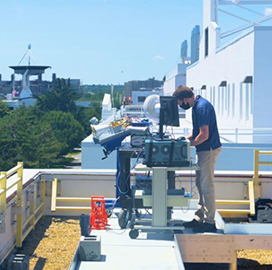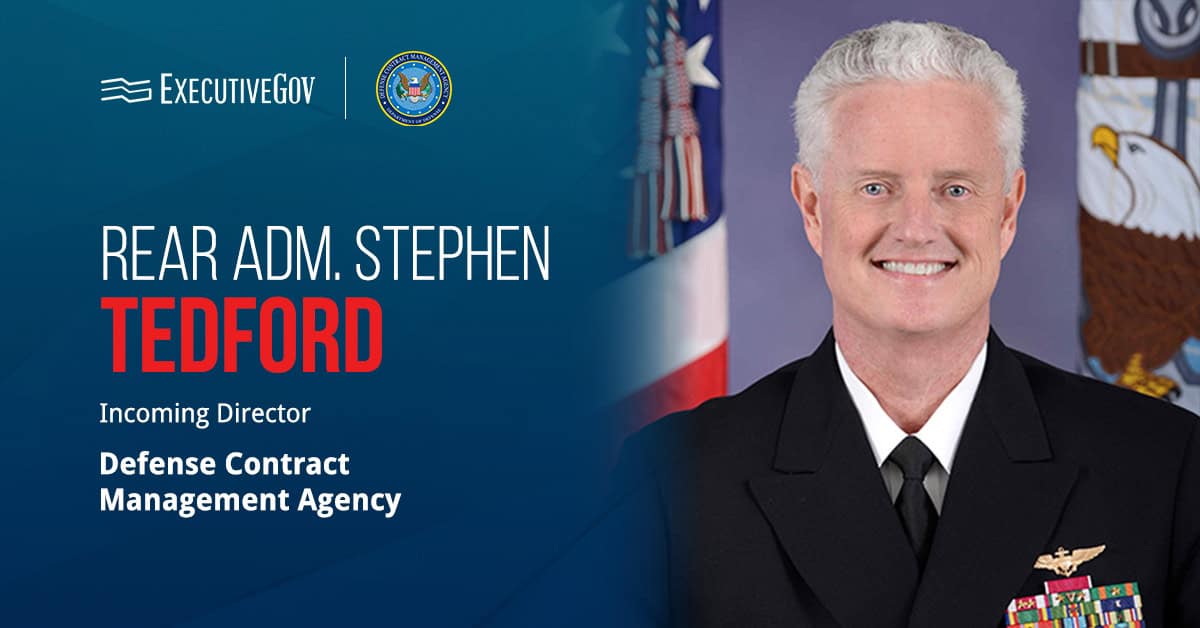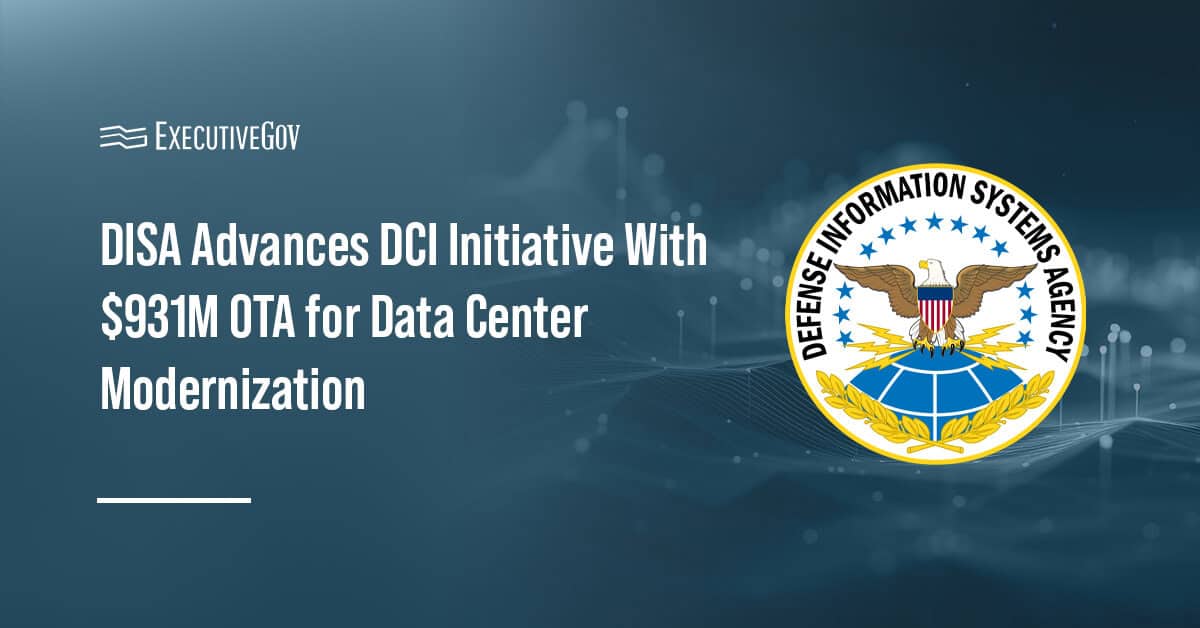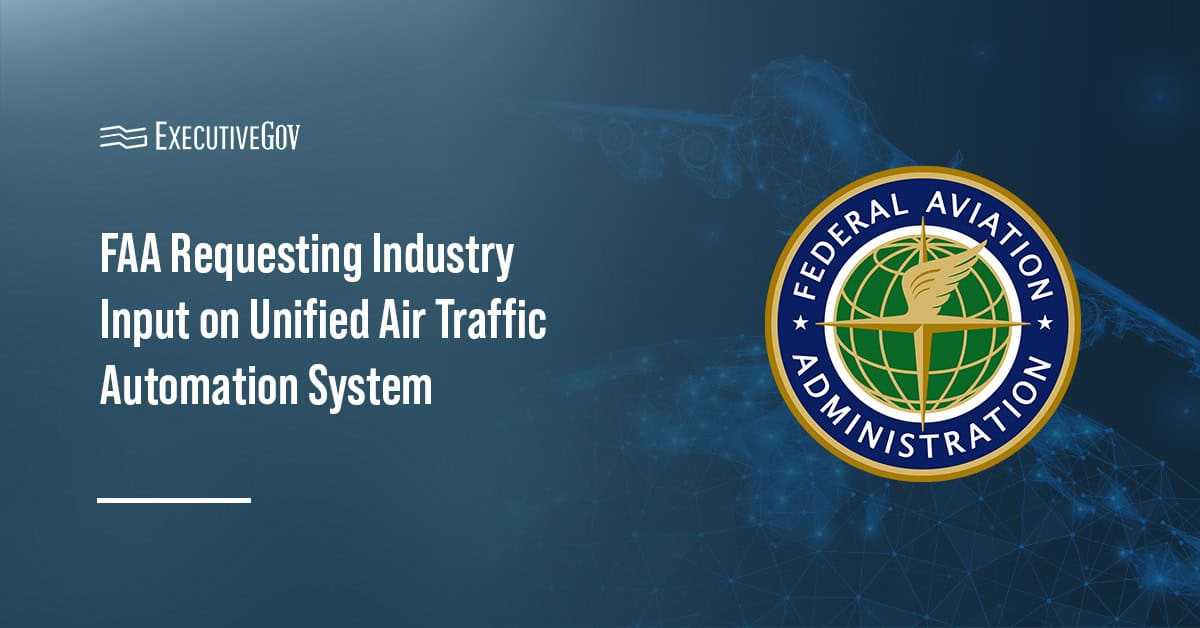Naval Research Laboratory (NRL) has introduced a remote sensing approach that uses a millimetre wave radar to trace subtle vibration changes from moving targets. The radar will gauge vibrations and reproduce sounds from vehicles through the use of a new algorithm, NRL said Wednesday.
"We developed these techniques to analyze the motion of moving targets at long range, which people haven’t done before," said Christopher Rodenbeck, an electrical engineer at NRL's radar division.
"We showed that if the muffler is vibrating, we can tell if a parked car is on or not. If that car is about to go into gear, we can detect a strong impulse vibration from the gear change," added Rodenbeck.
Rodenbeck noted software modifications on automotive radars will potentially allow current and future vehicles to mitigate road accidents.





